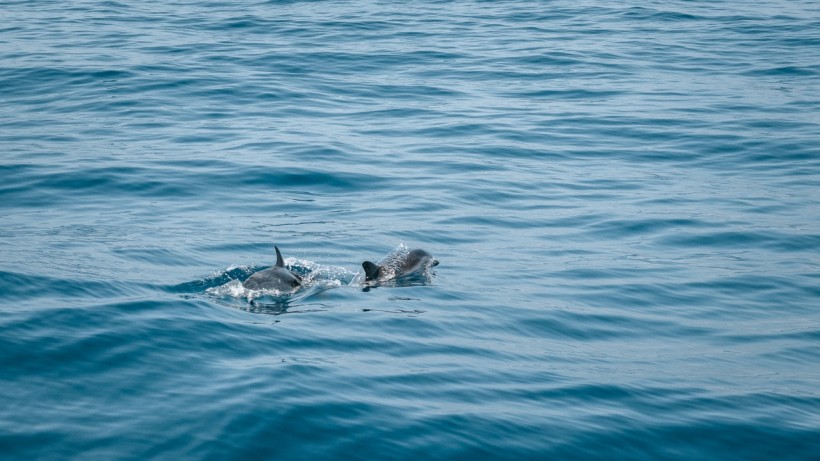This summer, New Zealand reported numerous sightings of the endangered cetaceans in the area, particularly the Hector's and Maui dolphins. Due to the population of the swimmers rising in the country, the citizens and tourists were advised by the national conservation agency to observe the animals and report if they ever see distinctive markings and rounded dorsals on dolphins' bodies.
Reports of Endangered Dolphin Sightings in Top of the South

The Department of Conservation (DOC) urges people to report sightings of Hector's dolphins from South Island's coastlines. Up to this moment, the population of this cetacean species in the region is still unverified.
DOC marine species specialist Katie Clemens-Seely explained that the agency had already received 350 alerts of Hector's sightings from across the country two months before February.
From the total number of reports, there are approximately 85 alerts, or about one in four, that were confirmed from the waters of the northern South Island.
Last summer, the agency got a total of 150 sightings of the Hector's and Maui's dolphins. From these calls, 32 are from Hector's dolphin sightings at the top of the south.
According to Star News, Clemens-Seely said that the percentage rate of the collective dolphin sightings from the top of the South Island is comparable in seasons between summers. With the rise of confirmed sightings from the region, statistics from around the country exceeded double, the expert continued.
The marine species specialist said that the improvement is great, and the agency appreciates the combined efforts of the people who report the dolphin sightings.
In partnership with marine species experts, New Zealand DOC was able to establish further understandings as to why the dolphins are fond of migrating and inhabiting the South Island region through the past reports of sightings, photos, and supporting details that the people relaid in the past couple of months.
In addition to studies of the country's endangered cetaceans, the help of these reports enabled the agency to develop future planning for marine conservation and protection.
State of Dolphins in New Zealand
Clemens-Seeky explained that, alongside the alerts of live dolphins, the reports from beach cast or dead Hectors and Maui species were not wasted. It also helped the conservation department examine the death rate of the animals and its corresponding risk factors.
In the recent four months prior to March, the department received a total of nine reports of dead Hector's dolphins. All of these reports were spotted from around the South Island.
From the total of dead swimmers, seven were identified as calves. The most recent individual from the same group was reported at the end of February. It was found on a beach near Mikonui with a missing tail end.
Dolphins are a group of toothed whales under the mammalian oceanic family called Delphinidae and river families from Iniidae and Platanistidae. Among the Delphinidae, six species were more popular as whales, such as the pilot whales and the killer whales.
Hector's dolphin (Cephalorhynchus hectori) and the Maui dolphin (Cephalorhynchus hectori Maui) are both endangered species that belong to the Delphinidae family.
RELATED ARTICLE: Critically Endangered Hammerhead Shark Spotted Further South of Australia Where They Are Rarely Seen
Check out more news and information on Endangered Animals in Science Times.














